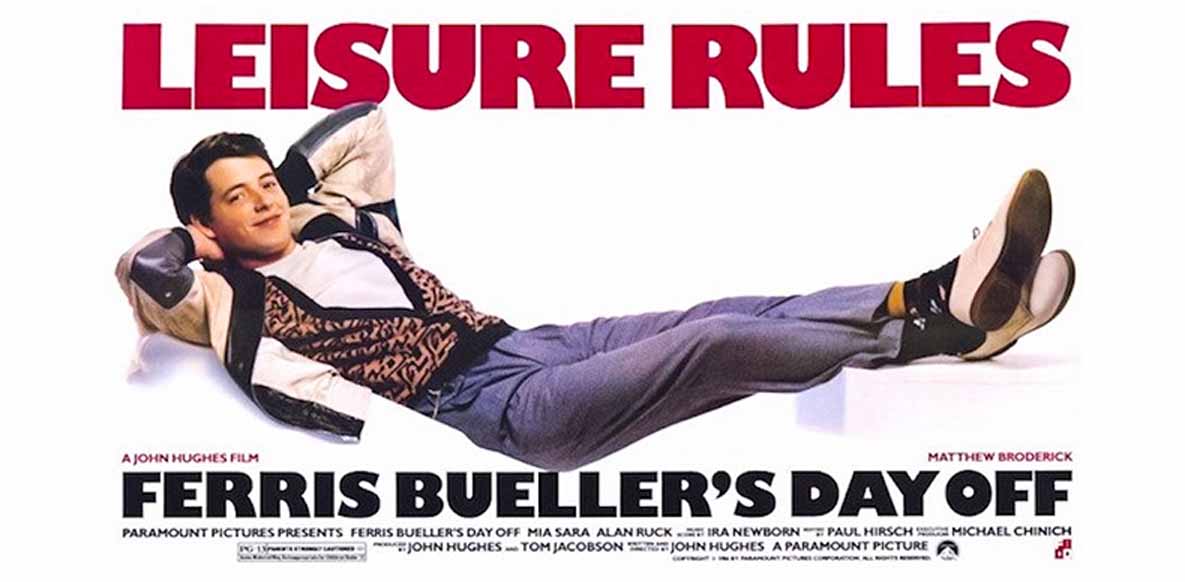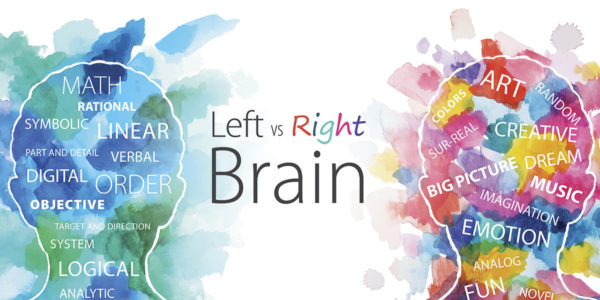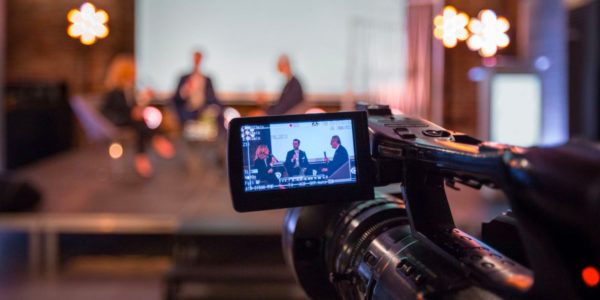“Life moves pretty fast. If you don’t stop and look around once in a while, you could miss it.”
That’s the signature line from one of the most popular movies of all time—the 1986 smash hit, Ferris Bueller’s Day Off. It’s a line that resonates with me, because as a marketing and advertising professional, it contains a fundamental truth that many people forget: If you don’t have a powerful story and message relevant to your audiences’ behavior and emotional disposition, then no one will care.
Movies, in particular, are a perishable commodity with a short shelf life. If you don’t engage the target audience immediately, you’ll lose them forever. Because people relate to movies on an emotional level, the singular creative challenge is to identify the most powerfully emotional way to communicate the film’s storyline.
Ferris Bueller’s Day Off was hugely successful at the box office, and I played a small but key role in the movie’s success. During the summer of ‘85 I was working for Tony Seiniger. If you don’t know who Tony is, just look at any movie poster from the seventies or eighties. Chances are he created it.
One morning Tony entered my office asked me to go to Paramount Pictures to meet with the film director, John Hughes. He directed the hit films Sixteen Candles and Mr. Mom so I thought, this could be fun. And having just wrapped the theatrical campaign for a serious Mike Nichols drama, the chance to work on a straight-up comedy really appealed to me.
During my initial meeting with John Hughes, he impressed upon me the need to find a highly creative way to communicate “a high school wiseguy determined to have a fun day off from school.”
He gave me the script and a detailed explanation of the personality and character of the film. Seiniger hired Bonnie Schiffman, a photographer with a talent for capturing the authentic, intimate and audacious personalities of Hollywood talent. The photo shoot was a critical element of the creative development process. If Ms. Schiffman failed to capture the authentic personality of the Matthew Broderick character in a single image, the true essence of the film would be completely lost on the audience.
As Hughes explained to me, it was imperative to find the quintessential moment that captured the essence of the movie. This singular branded element (movie marketers call it “key art”) would tie together the print campaign with the movie trailer.
YOUR BRAND IS THE MOVIE. EMOTIONAL MARKETING IS THE SCRIPT.
Over the next few weeks, Hughes and I would meet often. We would walk around the studio lot, ducking phone calls from studio executives pressing him for a completion date. During those walks, Hughes would share stories about his early years as a copywriter in the advertising industry. He compared his experience in advertising to making movies. To him, it was critical to find a way to connect to an audience through the heart and soul of a film — or TV commercial. And music was often the key. That’s why, throughout his career, Hughes used popular music as a cue for his scripts. Typically, he would write a scene that connected to a particular song.
During my time with Hughes, it dawned on me that he knew marketing. More so than many of the executives I worked with in both the agency and studio world. He understood human emotion and used his skills as a writer, filmmaker and storyteller to open someone’s heart.
I OFTEN REFLECT ON MY EXPERIENCE WITH JOHN HUGHES.
I think about the things I learned from him – and Ferris Bueller – about marketing. Things like:
- Develop ideas that come from the heart, regardless of what you’re selling.
- A brand is never finished. Just like a script, sometimes a brand is a simply a blueprint or foundation for an idea or experience. It requires continuous evolution over time.
- Treat your customers like fans. Provide them with ideas and content that enrich their lives or their professions.
- Build stories, characters and situations that an audience can identify with. Go beyond the obvious. Create a more personal and interactive experience with a brand that is connected to emotion, not just financial value.
- Bring authenticity to the personality of your brand. Humanize it. The more human you can make it, the more people will want to relate to it—and own it.
- Focus on the story, not the style. If the story does not emotionally connect with your audience it really doesn’t matter how stylish it is.
John Hughes preferred to have people see themselves in his films, rather than seeing his films as pure entertainment. In marketing, the more you make your brand feel like it belongs to your audience — that it reflects their identity and life — the more they will become engaged and emotionally connected to your brand.
It’s an important lesson that Ferris Bueller — and John Hughes — taught me about marketing.
About:
Los Angeles based Sagon-Phior is a full service marketing and branding agency. We utilize emotional branding to build better relationships between a brand and an audience. Emotional branding enables more effective ways to increase brand awareness, loyalty and sales. It also offers revealing insights to better understand important, often unseen, patterns of consumer behavior.
Sagon-Phior has successfully applied this unique practice to many national and global brands in technology, healthcare, banking and lifestyle industries. For more information, go to Sagon-Phior.com









